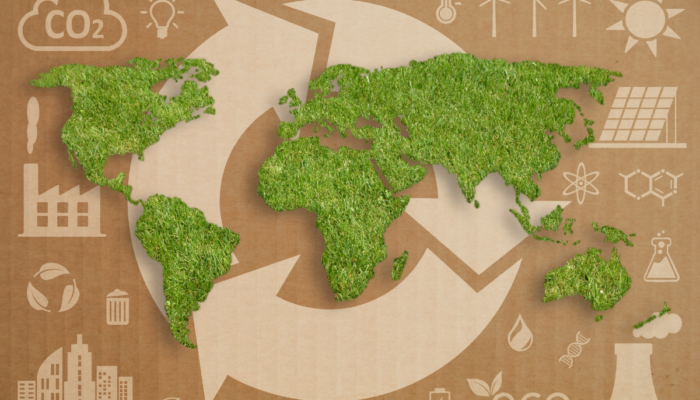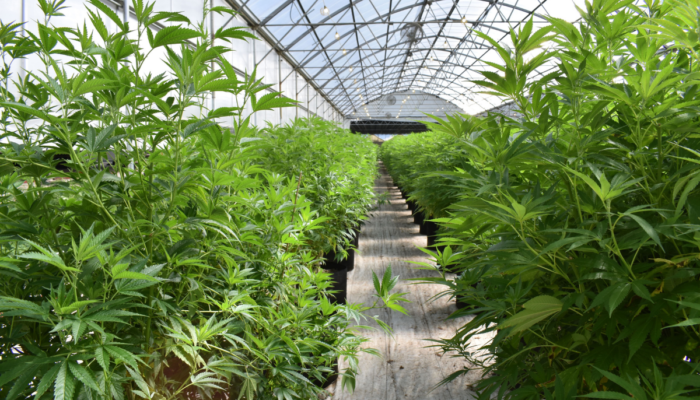The scoop: You can’t improve what you can’t measure. An organization must accurately measure GHG emissions and carbon footprint to improve its environmental sustainability outlook.
Here’s an interesting set of stats:
99% of F500 companies report being “sustainability-conscious” or mention it as a priority in their goal statements.
A little over 60% made commitments to reduce emissions with varying degrees of comprehensiveness. A common goal is to reach carbon neutrality by 2050, yet most companies don’t have decarbonization roadmaps or intermediary reduction targets.
And less than 15% set long-term and short-term reduction targets in line with corporate standards derived from the latest climate science.
These numbers tell a straightforward story. Sustainability gets a lot of lip service, but most businesses haven’t invested time and money into this objective. Creating a carbon footprint baseline is a high-impact first step in any organization’s sustainability journey, and this exercise achieves diverse goals within profitability and risk management.
Emissions accounting terminology may seem complex, but by the end of this article, we’ll find that the foundations of GHG emissions accounting are relatively intuitive. It’s just a matter of breaking up different impact areas of an organization into smaller, digestible bites.
Dig deeper → 5 min
The scoop: New construction needs to prioritize sustainable practices to prevent an energy crisis in the future. Real estate investors are starting to take notice.
Facts and figures:
- The World Economic Forum reports that over 37% of global emissions in 2020 came from buildings. And not just new construction: 69% of those emissions stemmed from operating existing buildings.
- Investment in the energy efficiency of buildings continues to climb. It reached more than $180 billion in 2020, up 11% from the previous year.
- New sustainable buildings alone will present a $24.7 trillion investment opportunity in emerging markets by 2030.
Bottom line: Investors are and will always be driven by returns. But the private sector is starting to realize the necessary risk assessment and tax burdens associated with energy-sucking real estate. Green building is the future.
Dig deeper → 3 min




